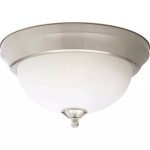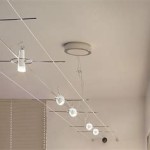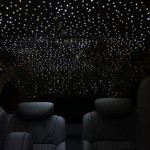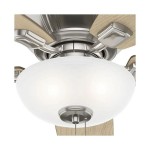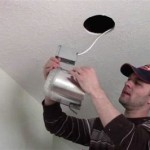Essential Aspects of Light Covers for Ceiling
Light covers, also known as ceiling diffusers or light diffusers, play a crucial role in enhancing the lighting aesthetics and functionality of any interior space. They serve multiple purposes, including dispersing light evenly, reducing glare, and adding decorative elements to the ceiling.
Types of Light Covers
Light covers come in various types, each with unique characteristics and applications:
- Flat Panels: These are the most common type, consisting of a flat, translucent or opaque panel that fits flush with the ceiling.
- Recessed Panels: They fit into a recessed opening in the ceiling, providing a flush or semi-flush look.
- Suspended Panels: These hang from the ceiling using chains or wires, creating a more dramatic effect. li>Coffered Panels: They feature recessed or raised panels, adding depth and design to the ceiling.
Materials and Finishes
Light covers are available in a wide range of materials and finishes, including:
- Acrylic: Durable and easy to clean, offering various transparency and diffusion options.
- Glass: Provides excellent light transmission and a sophisticated look, but is more fragile.
- Fabric: Creates a soft and diffused light, suitable for residential settings.
- Metal: Available in various finishes and textures, providing a modern and industrial aesthetic.
Light Diffusion and Distribution
Light covers play a significant role in controlling the diffusion and distribution of light. The type of material and design influences these factors:
- Diffusion: Diffusers scatter light to create a more even and ambient illumination, reducing harsh shadows and glare.
- Distribution: Light covers can direct light upwards, downwards, or both ways, depending on their design and placement.
Aesthetic and Design Considerations
Light covers can also enhance the aesthetic appeal of a space. The shape, size, and finish of the cover should complement the overall décor and style:
- Shape: Light covers come in various shapes, including squares, rectangles, circles, and ovals, adding visual interest.
- Size: The size of the cover should be proportionate to the size of the room and the desired lighting effect.
- Finish: The finish of the cover can add a touch of elegance or create a focal point.
Conclusion
Light covers for ceiling are an essential element in any lighting design scheme. By understanding the different types, materials, and design considerations, you can choose the optimal light covers to enhance the ambiance, functionality, and aesthetics of your interior space.

How To Install Modern Ceiling Light Cover Conversion Kits

2 Pack Of Ez Shade Clip On Light Covers Cover

High Quality Light Covers Sky Ceiling Panels Led And Fluorescents

3 Pack Of Ez Shade Clip On Light Covers Cover

Octo Lights Fluorescent Light Covers 2x4 Flexible Ceiling Filters For Classrooms And Offices Astronomy 001 Com

High Quality Light Covers Sky Ceiling Panels Led And Fluorescents

Ceiling Fan Light Covers The Honeycomb Home

High Quality Light Covers Sky Ceiling Panels Led And Fluorescents

Octo Lights Fluorescent Light Covers 2x4 Flexible Ceiling Filters For Classrooms And Offices Ocean 004 Com


